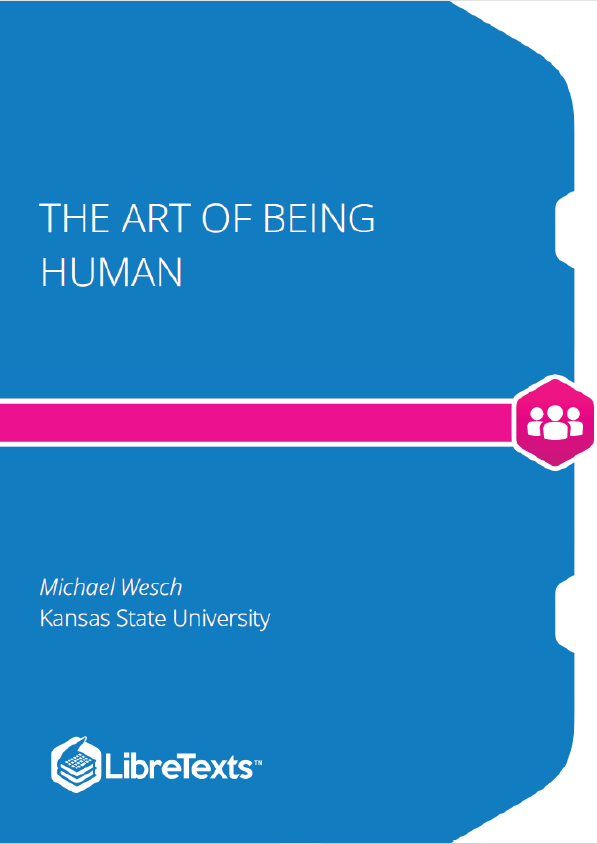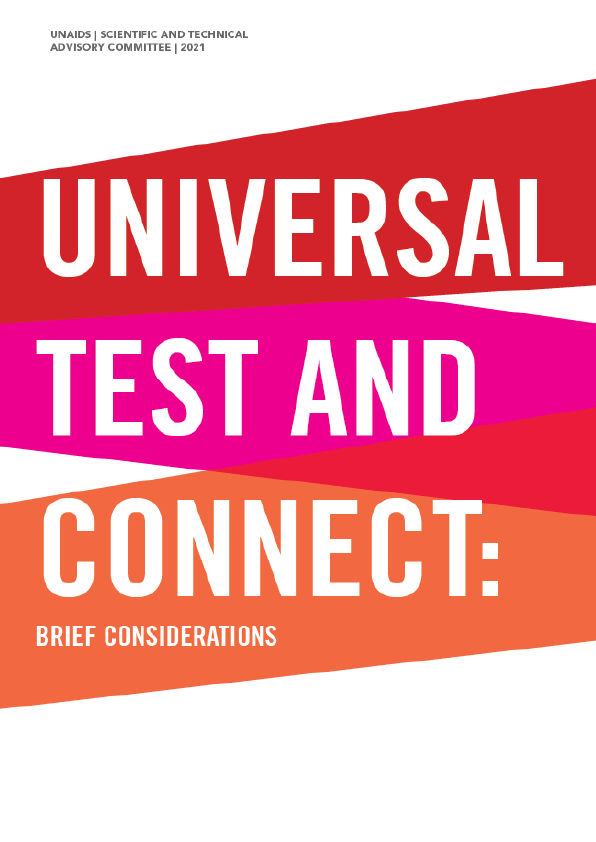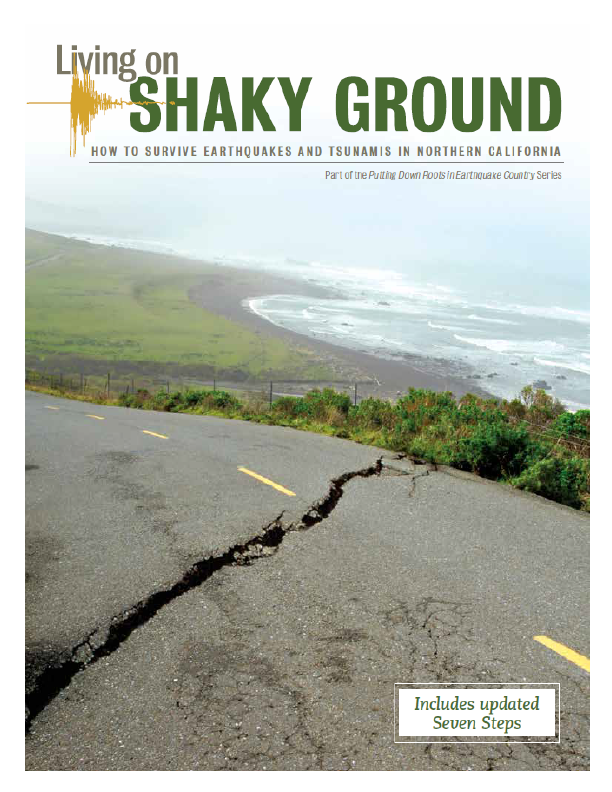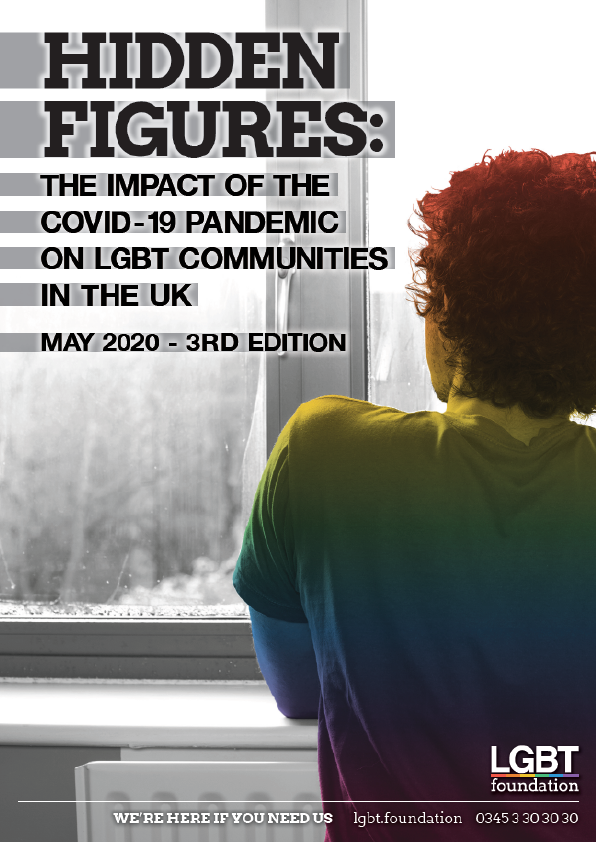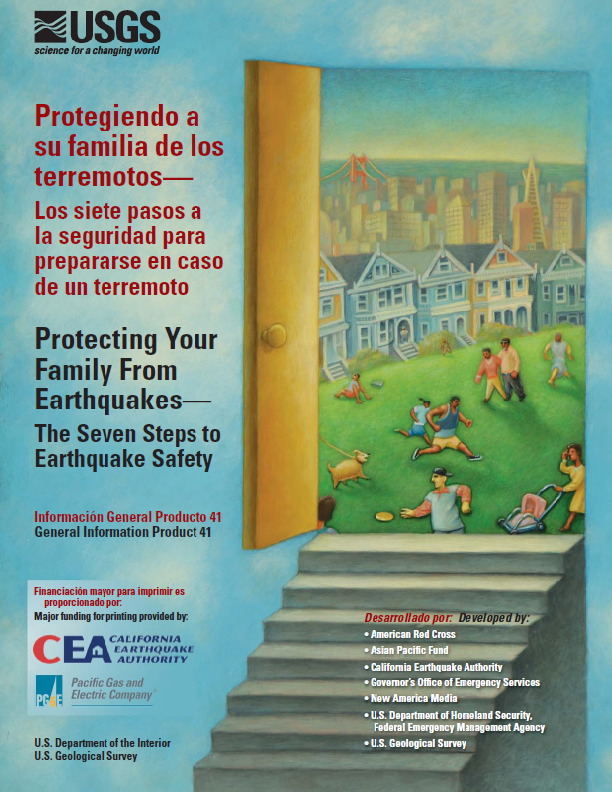Anthropology is the study of all humans in all times in all places. But it is so much more than that. “Anthropology requires strength, valor, and courage,” Nancy Scheper-Hughes noted. “Pierre Bourdieu called anthropology a combat sport, an extreme sport as well as a tough and rigorous discipline. … It teaches students not to be afraid of getting one’s hands dirty, to get down in the dirt, and to commit yourself, body and mind. Susan Sontag called anthropology a “heroic” profession.” What is the payoff for this heroic journey? You will find ideas that can carry you across rivers of doubt and over mountains of fear to find the the light and life of places forgotten. Real anthropology cannot be contained in a book. You have to go out and feel the world’s jagged edges, wipe its dust from your brow, and at times, leave your blood in its soil. In this unique book, Dr. Michael Wesch shares many of his own adventures of being an anthropologist and what the science of human beings can tell us about the art of being human.
About 20 years ago, I was sitting in a university lecture hall with almost 500 other students waiting for our first lecture in anthropology class. We all had our reasons for being there, and most of them ended with the word “requirement.” There was the “Social Sciences 3 of 4” requirement, the “45 hours of General Electives” requirement and the “60 hours at our university” requirement, among many others. For me, it was the “International Overlay” requirement. I had no idea what anthropology was or why it was required. All I knew was what I had learned as I looked up “anthropology” in the dictionary just before rushing off to class.
Anthropology, n. The study of all humans in all times in all places.
A smartly dressed, white-haired, bearded professor entered the room and showed us what appeared to be a strange ink blot test on the screen, asking us what we saw. We stared up at these apparently random splatters of ink that we were supposed to decipher like children looking for shapes in the clouds.
I felt proud of myself when I recognized that the splatters were the shapes of the continents and that we were looking at the world upside down, to which the professor challenged, “Is it really upside down? The world is a sphere. Who decided that north is up?” He then showed us a map popular in Australia (McArthur’s Universal Corrective Map) with Australia standing proudly at the top and center of the world. It struck me that this map was no less true than the one I knew, which placed the United States and Europe standing proudly at the top and center.
He then proceeded to convince us that it wasn’t just the world that we had upside down, it was bananas too. We had been peeling them wrong our entire lives. Monkeys and many cultures on the planet know that the best way to peel a banana is not from the stem, but rather “upside down.” Even the most stubborn banana opens easily from this end, and you can then immediately throw away the fibrous and inedible black tip and use the stem as a handle.
Then he turned our whole lives upside down, challenging our most basic taken-for-granted assumptions in virtually all aspects of our lives, moving from the economic realm and on to family, society, politics, art, and religion. He challenged our views on success, love, and even happiness. Ultimately, he would challenge us to consider how even our most basic everyday activities – shopping, driving, eating – are connected to all humans everywhere, and gave us profound and unforgettable reminders of the impacts we might have on others.
